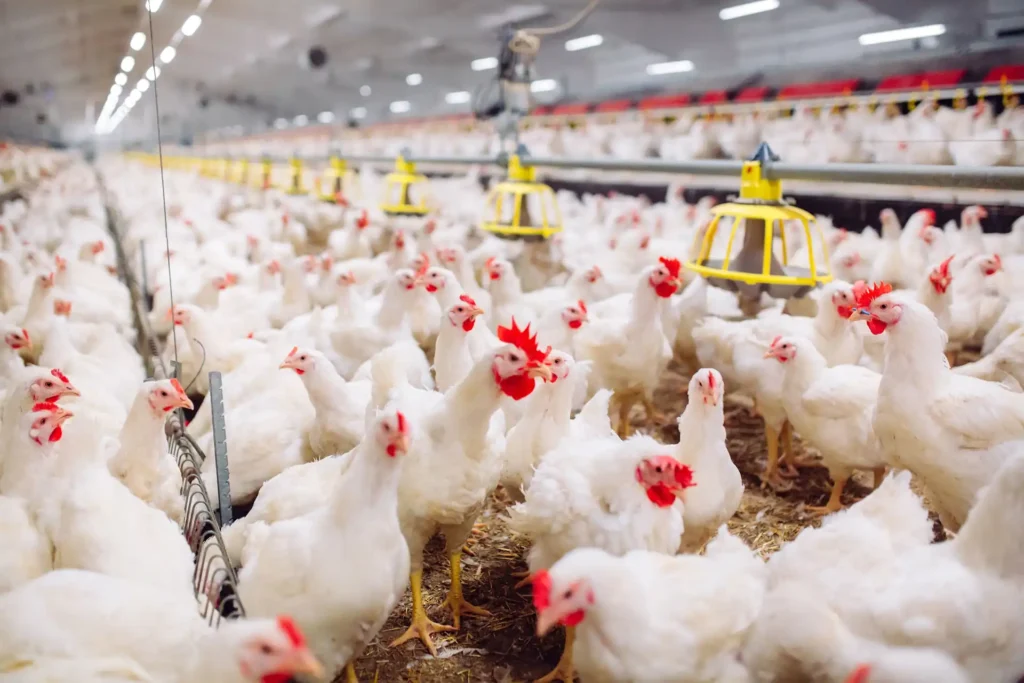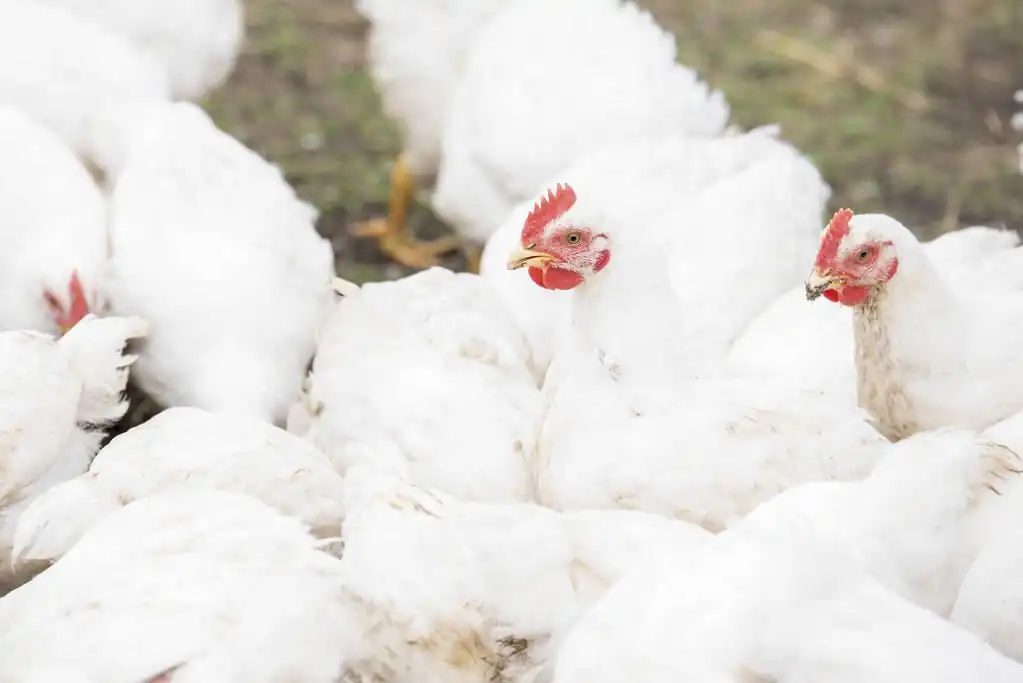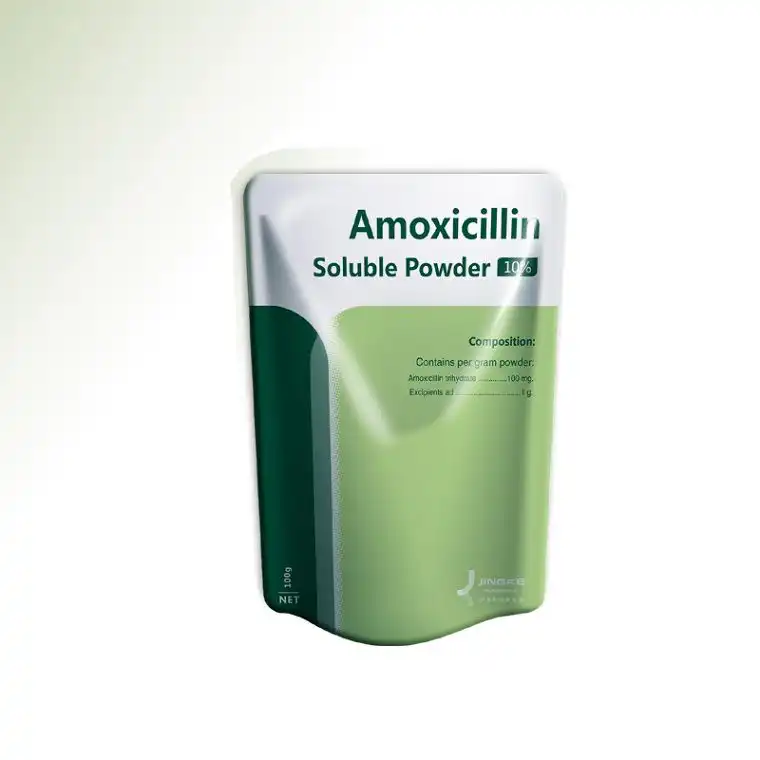Amoxicillin soluble powder is currently the most widely used and consumed antibiotic for the prevention and control of livestock and poultry diseases in China. This is due to its broad antibacterial spectrum, rapid and strong bactericidal effect against various bacteria, and high oral absorption rate (unaffected by stomach contents). It also has high blood drug concentration and widespread distribution, thus having a better therapeutic effect on systemic infections. It’s commonly used clinically for systemic infections of the respiratory system, urinary system, skin, and soft tissues caused by sensitive bacteria.

According to the “China Veterinary Drug Industry Development Report (2012-2015)”, nearly 10,000 tons of amoxicillin soluble powder are used annually in livestock and poultry farming in China.
The market demand for amoxicillin soluble powder is enormous, with almost every veterinary drug company producing and selling such products. Faced with various amoxicillin soluble powders with different concentrations and packaging, do you really know how to choose, and what properties should a good amoxicillin have?!
First, let’s understand the characteristics of amoxicillin itself, which will affect its efficacy.
- Poor stability: Amoxicillin is very prone to degradation by absorbing moisture when exposed to air. Its effective content will decrease sharply. After exposure to air for 2 hours, its content will decrease by 10-15%, and after 4 hours, its content will decrease by more than 20%. If mixed with feed or diluted with water, the decrease in its effective content will be even more rapid. This is a major factor why the recommended dosage may not achieve the desired therapeutic effect, necessitating increased dosages.
- Potential for allergic reactions: Amoxicillin belongs to the penicillin class of drugs. Due to the animal’s constitution, allergic reactions may occur, even leading to death. In addition, due to the instability of amoxicillin, the byproducts generated during moisture absorption and degradation make allergic reactions more common. This can seriously affect the drug’s efficacy, delay the timing of livestock and poultry disease prevention and control, and bring huge risks and losses to the farms.
Amoxicillin Powder Action
The antibacterial characteristics of compound amoxicillin powder on bacterial cell walls mainly have two aspects: Firstly, it has a strong ability to penetrate bacterial cell walls, allowing it to quickly reach the target site compared to other oral penicillin drugs; Secondly, it irreversibly acts on PBP2 (penicillin-binding protein 2), a key target that determines the integrity of cell wall synthesis, thereby blocking the synthesis of bacterial cell wall peptidoglycans, causing bacteria to rapidly become spherical and rupture, leading to death. In contrast, ampicillin, not only has a weaker ability to penetrate bacterial cell walls, but its antibacterial mechanism causes bacteria to form filamentous structures and die. The antibacterial characteristics of compound amoxicillin make it almost the strongest oral antibacterial agent for veterinary use.
The role of potassium clavulanate in compound amoxicillin not only prevents amoxicillin from being broken down by drug-resistant enzymes produced by Gram-positive bacteria such as Staphylococcus and Streptococcus and Gram-negative bacteria such as E. coli, Salmonella, and Pasteurella, but also improves the antibacterial activity and sensitivity of amoxicillin; Furthermore, the application of potassium clavulanate in the compound can broaden the antibacterial spectrum of amoxicillin, allowing amoxicillin to also be effective against Gram-positive and Gram-negative bacteria that were originally insensitive.
This product is relatively stable in gastric acid, with an oral absorption rate of about 90%, so it is generally administered orally unless the animal refuses to eat or drink. Food affects its absorption speed, so when administering it orally in livestock and poultry clinical practice, it is best to control feeding for 1 hour before administration to achieve better results. Because compound amoxicillin powder is a bactericidal drug, and its antibacterial effect is positively correlated with the instantaneous peak blood drug concentration, it is better to administer it in a concentrated manner when given orally to livestock and poultry. Compound amoxicillin powder usually reaches peak blood drug concentration about 2 hours after oral administration, and about 60% of the dose is excreted within 6 hours, so this product is metabolized relatively quickly in livestock and poultry, which is why the withdrawal period for oral administration of this product is only 7 days.

Compound amoxicillin powder is widely distributed in the body, with the highest concentration in the liver, bile, and kidneys, followed by the lungs, heart, peritoneum, reproductive system, and spleen, meaning that effective antibacterial concentrations can be reached in these organs and tissues; The concentration in brain tissue and muscle tissue is low, and antibacterial concentrations can only be reached locally in cases of animal meningitis. Therefore, compound amoxicillin powder is suitable for the treatment of bacterial infections of the liver, lungs, heart, peritoneum, reproductive system, kidneys, gallbladder, and spleen in livestock and poultry.
Through the above pharmacological characteristics of compound amoxicillin powder, although it is known to be a very good oral drug, it is found to be uncommon in veterinary clinics and veterinary drug markets, and it is sometimes difficult to buy! Occasionally, when purchased, products may become swollen, caked, turn yellow, or absorb moisture (as if water had been added) after being stored in a warehouse. The product may be ineffective or the effect may not be obvious. This situation is directly related to the chemical properties of the drug compound amoxicillin powder. Because compound amoxicillin powder requires high standards for pharmaceutical formulation technology, process technology, and production system control technology. If the above technology does not meet the standards, it will lead to the instability of potassium clavulanate in the compound amoxicillin product produced.
First, the decomposition of potassium clavulanate produces carbon dioxide and water, and the apparent phenomenon is a change in the product properties: gas production leads to bloating, and the water produced leads to moisture, clumping, or the product appearing as if water has been added.
Second, the water in the product will decompose and degrade amoxicillin, which is reflected in the product’s appearance: the product changes color (turns yellow), and produces a strange, unpleasant smell that is not specific to penicillin-like drugs.

